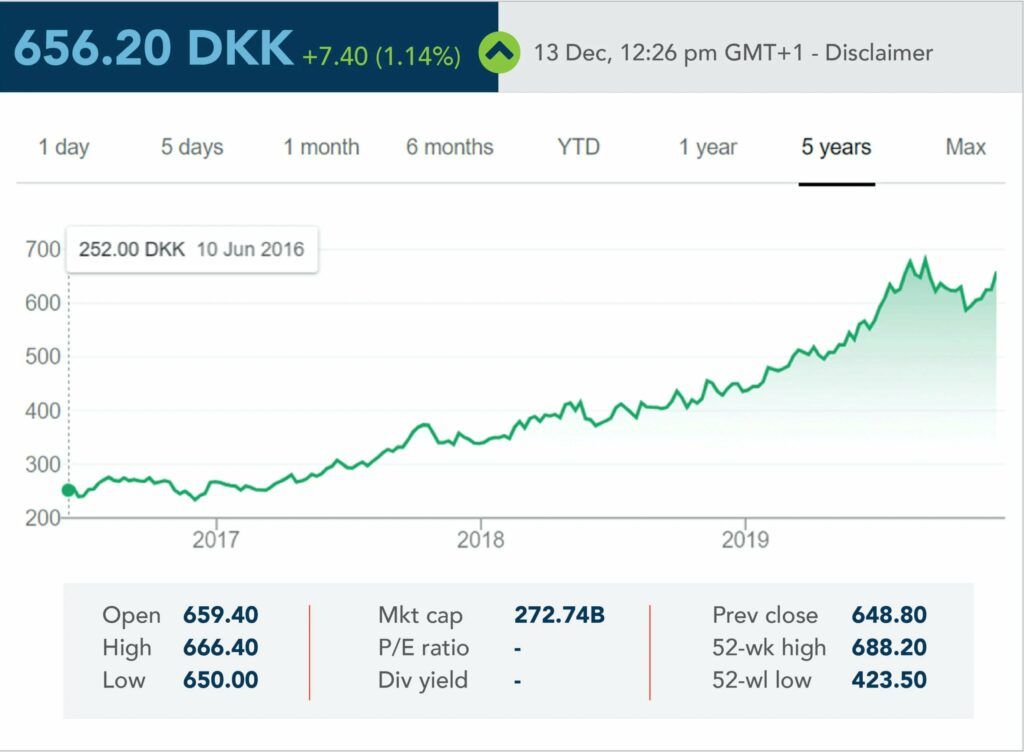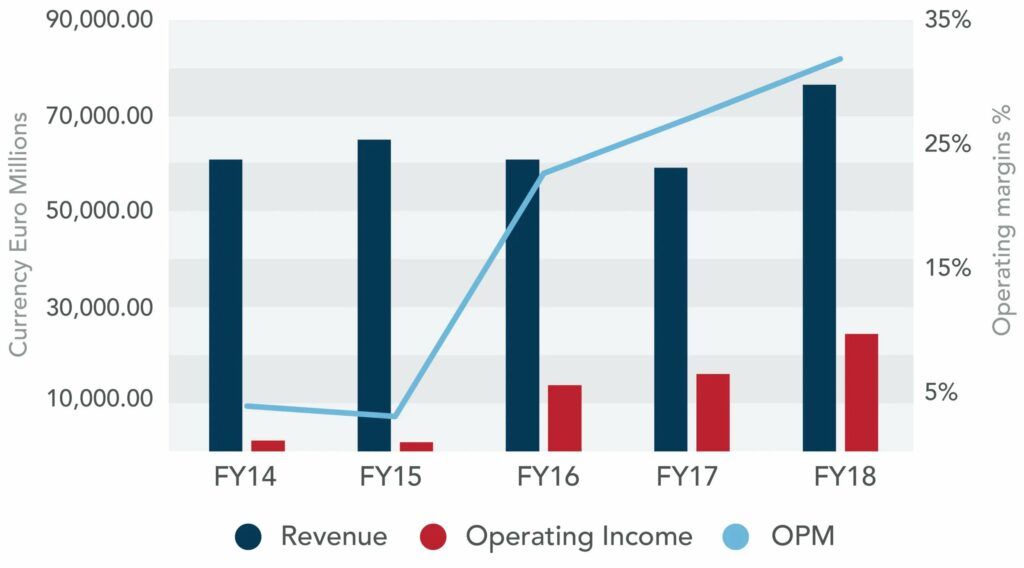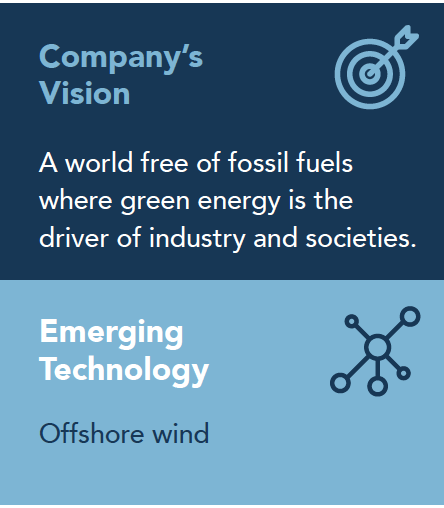“If you look 10 or 20 years ahead, it may well be that the corporation will have to reinvent itself again.”
– CEO: Henrik Poulsen


Business Model Innovation
Fossil to renewables
Little did Dong Energy know that the arrival of Henrik Poulsen as the CEO will change the firm’s path forever. As a veteran in turnarounds, Poulsen had already cemented his name as a specialist in the market. He faced similar challenges at his erstwhile organizations – TDC, the Danish telecom company, and Lego, the toy maker.
As a leader, Poulsen has donned the role of “hatchet man” or someone who is given the charge to carry out controversial or unpleasant tasks and he doesn’t stay for long to enjoy the upside as is evident in his career choices.
Despite the turnaround at Dong Energy, Poulsen believes his work isn’t over yet and it is only the beginning of a great renewables’ opportunity.
The Beginnings
Dong, now known as Ørsted, is an ode to the 19th-century Danish physicist Hans Christian Ørsted. He discovered electromagnetism and laid the foundations for modern electricity generation. Alongside the company’s new name and bright blue logo came a bold vision – a world that runs entirely on green energy.
Furthermore, to solidify this strategy, the firm divested all its oil and gas assets in May 2017 to UK petrochemical company, Ineos for $1.05 billion.
The company took significant steps to build up its offshore wind capacity in this period. When Poulsen took over, the firm managed an installed capacity of 1.7 GW. In 2017, this number climbed to 3.9 GW with new projects from Denmark, Sweden, the UK and Germany.
Orsted’s biggest success today without a doubt is to make renewables profitable.
Green Challenge
Capturing the offshore wind market in most of Europe and catapulting Orsted into becoming the largest offshore wind farm builder in the world, Poulsen is now looking to expand the company’s asset base and offerings. Orsted is now looking to strengthen its investments by entering into other areas of renewable energy generation and storage primarily onshore wind and solar.
To date, the company has invested €10.7 billion on its green bet and the gamble seems to be paying off. They have now set an ambitious target of building and managing offshore wind capacity of 12 GW by 2025.
Future
Cost is undoubtedly the biggest hurdle for the growth of the renewables industry. However, the drop in cost resulting from industry maturity and technological advancement has helped the transformation.
Investors are now demanding a lower rate of interest on their loans. For a heavy investment and infrastructure company, this makes all the difference.
The drop in prices was demonstrated when Orsted was awarded a contract by the UK government to build a 1.4 GW capacity offshore wind farm off the coast of UK. It will be the world’s largest installation on completion in 2022. The price difference Orsted paid for the contract was also 50 percent lower than its previous round.
As prices for renewables drop, companies are feeling the heat from society and investors to act on climate change. Carbon emission related questions are now left, right and centre for every CEO in any board or shareholders’ meetings and there is no way to hide but to tackle this global challenge head on.
This is Orsted’s single, biggest opportunity and the firm is all geared up to ride the wave.
